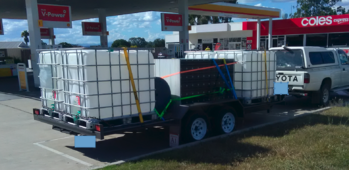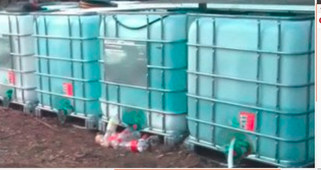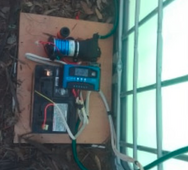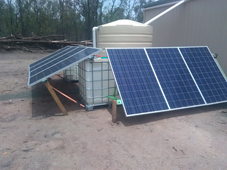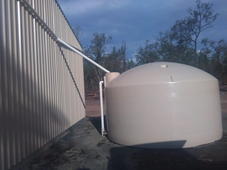They are quite ok for drinking water as well, if kept out of the sunlight (I ended up wrapping mine in shadecloth- also kept their temps down in 40C plus temps) plus add either 'tank treatment' tables (widely available from most hardware stores or rural suppliers in Australia, or even a small amount of bleach (which in the proper proportions is quite safe to drink after the water has been treated)
Many people are 'overly cautious' about rainwater tanks- a good 20% of Aussies live on them with zero issues (many never treating them in any way lol)
Mine are only relying on the first flush diverters..., I did treat the big tank at the shed with bleach after frogs got into it, but only used it for showers and washing clothes for the first tankload, but been using it for drinking after that...
View attachment 216519
22500L in that one (9000 gallons)- now fitted with first flush diverters and the tank inlet sealed to stop frogs spawning in it again...
:-(



